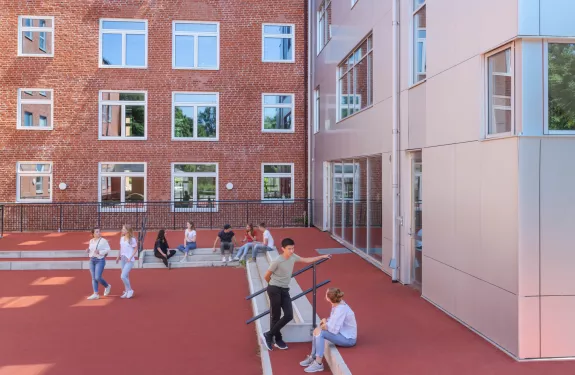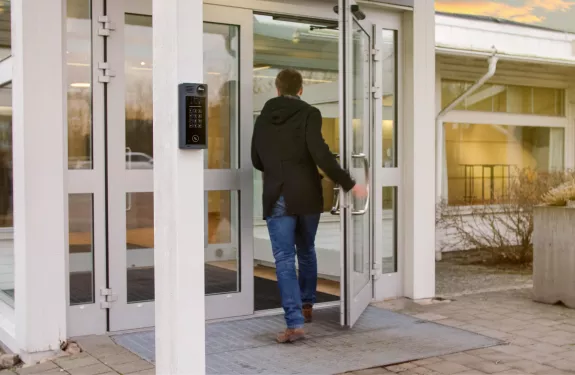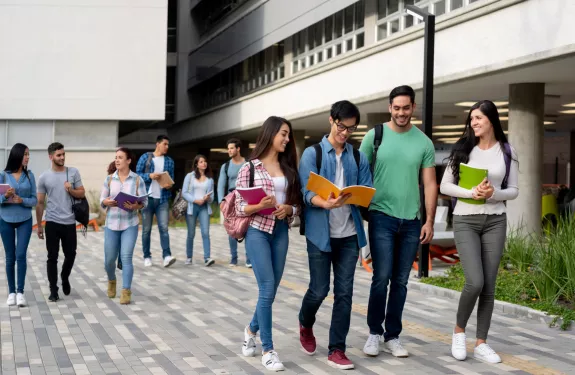Education
Our intelligent network solutions are designed to enhance security, streamline daily operations, and enrich the learning experience in the education sector. By using a single multipurpose security solution, educators can focus on teaching, and students on learning.


Smart technologies for safe learning
9
minutes read





Uplevelling business growth and employee satisfaction with the Axis Certification Program
6
minutes read

Modern technologies for school emergency preparedness
7
minutes read

